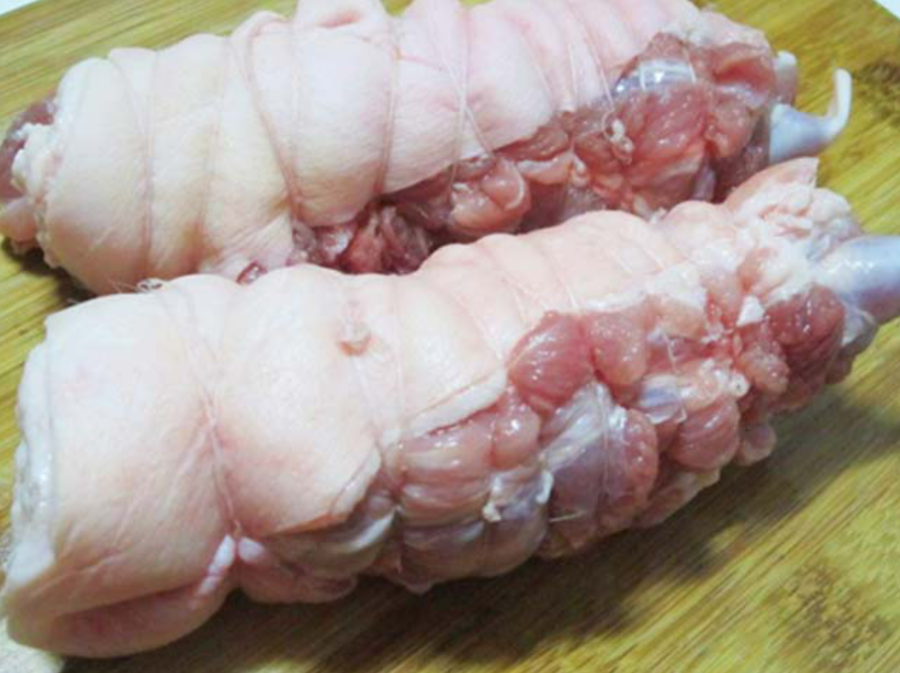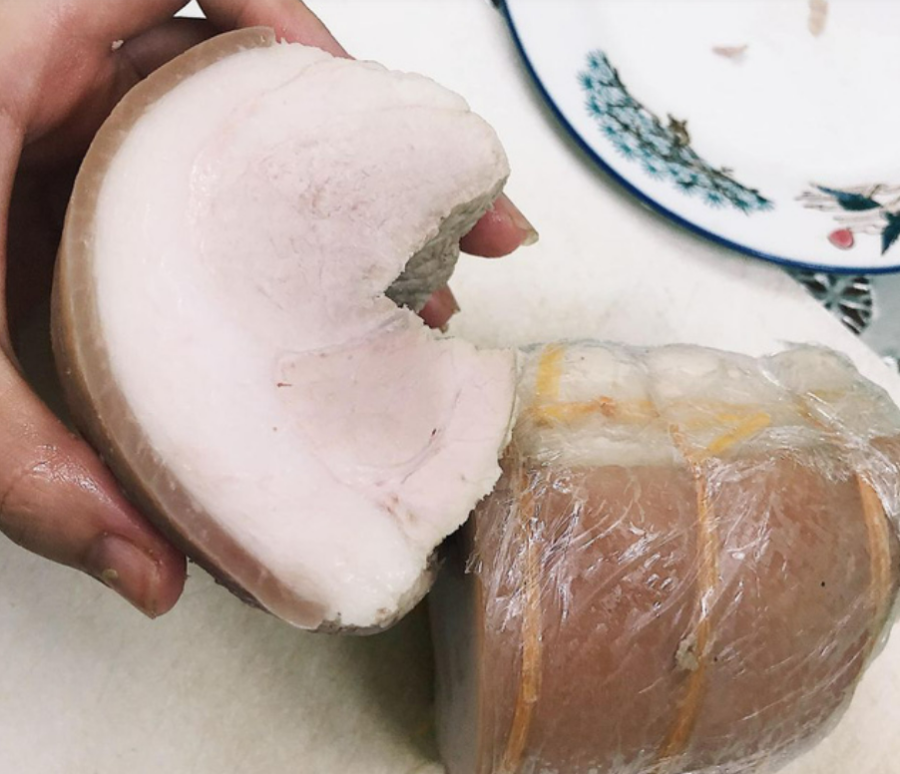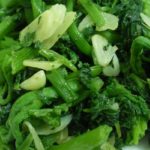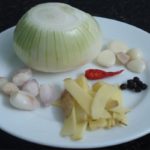How to Cook Delicious Boiled Pork
Boiled pork is a familiar dish in many families’ meals due to its light and non-greasy taste, which is a refreshing change from fried meat dishes. It can be enjoyed all year round, whether it’s a hot summer day or a chilly winter night. The preparation for this dish is also quite simple.
However, many people wonder why their boiled pork doesn’t turn out as fragrant or tends to become dry and discolored. In reality, there are some tricks to achieving a delicious plate of boiled pork.
From her own experience, Ms. Nguyen Minh Trang from Hanoi shared her secrets to boiling and slicing pork on a large culinary forum for others to reference.
Ingredients:
– 1 piece of pork belly or pork butt, preferably a larger cut to facilitate easier rolling and to ensure a good mix of lean meat and fat throughout the length of the meat, preventing dryness.
– 1 teaspoon of vinegar (or lemon juice), 1 knob of ginger, 1 onion.
– Nylon or thick, sturdy kitchen twine that won’t bleed color.
Boiling the Meat to Perfection:
– Rinse the pork, removing any remaining hairs. Rub salt all over the meat, then wash it thoroughly with vinegar and water to remove impurities and reduce any unpleasant odors.

– Roll the meat lengthwise along the grain (you will be slicing it against the grain later). Ensure the skin side is facing outwards.
– Use the kitchen twine to tightly bind the meat roll. The tighter the binding, the better, as it helps the meat retain its shape and firmness even after boiling.
– Boil the meat in two stages. For the first boil, let the meat simmer for about 2-3 minutes, then add a few drops of vinegar (or lemon juice). This trick helps eliminate any remaining odors and ensures the meat retains a nice white color. Then, remove the meat, rinse it with warm water, and place it in a pot of clean warm water for the second boil. This time, add a few grains of salt, a few slices of ginger, and an onion. The salt enhances the flavor, the ginger further reduces any odors, and the onion adds a subtle savory note to the meat. Boil for about 25-30 minutes, depending on the size and thickness of your meat cut.
– Use a clean chopstick to pierce the meat. If no pink juices flow out, your meat is ready.

– Remove the meat and place it in a bowl of cold water (or ice water). This helps the meat firm up, maintaining its shape and preventing dryness and discoloration. It also makes slicing the meat into thin pieces easier without it falling apart.
Common Mistakes to Avoid:
– Overboiling: Many people tend to overboil pork out of fear that it might not be thoroughly cooked. However, this results in dry, tough meat that has lost its sweetness and becomes cloying. Overboiling also affects the nutritional value of the meat.
According to experts, at temperatures between 200 and 300 degrees Celsius, amino acids, creatinine, sugars, and harmless compounds in the meat can undergo chemical reactions, forming harmful substances. Therefore, it is best to boil the meat just until it is cooked, thus retaining its sweetness and fragrance.
– Adding Cold Water to the Pot: This is a common mistake that can ruin the texture of the meat. The sudden drop in temperature causes the protein and fat to precipitate, making the meat tough and less juicy. The crevices in the meat contract, and it becomes difficult to soften it. Always use boiling water if you need to add more liquid to the pot.
– Constantly Poking and Turning the Meat: Out of impatience or fear of overcooking the meat, some people tend to constantly poke, prod, and turn the meat while boiling it. This causes the sweet juices in the meat to escape, resulting in drier, less tasty meat.
– Slicing the Meat Immediately After Boiling: To ensure the meat stays hot, some people slice it immediately after boiling. However, this is a mistake, as the meat is still too soft and tender at this point, making it difficult to achieve neat, even slices. It is best to let the meat rest in a bowl of cool water for about a minute before slicing it. The meat will still be warm and taste delicious.
More Useful Advice for Homemakers (Part 2)
Have you heard of the surprisingly easy tips to make cooking and household chores simpler? White radish eliminates the acrid taste of salted meat, adding alum to raw shrimp helps soften it, and adding cold water when frying eggs can make them crispy – these are just a few of the tricks to make your life easier.
Ten Strategies to Streamline Your Cooking Process
Are you a busy housewife looking for ways to save time in the kitchen? Did you know that flossing can also help you out? Check out these 10 tips to help you quickly and easily prepare delicious meals for your family. Learn how to peel garlic in 10 seconds and cut cherry tomatoes quickly for a healthy and tasty meal.







































